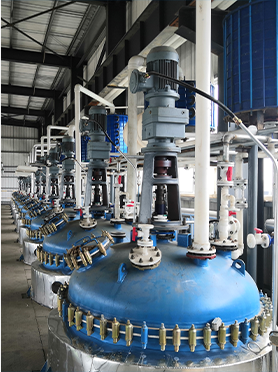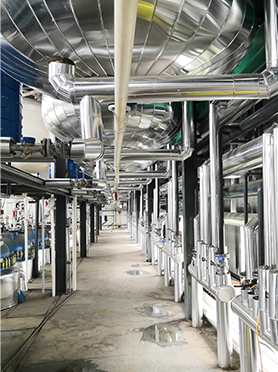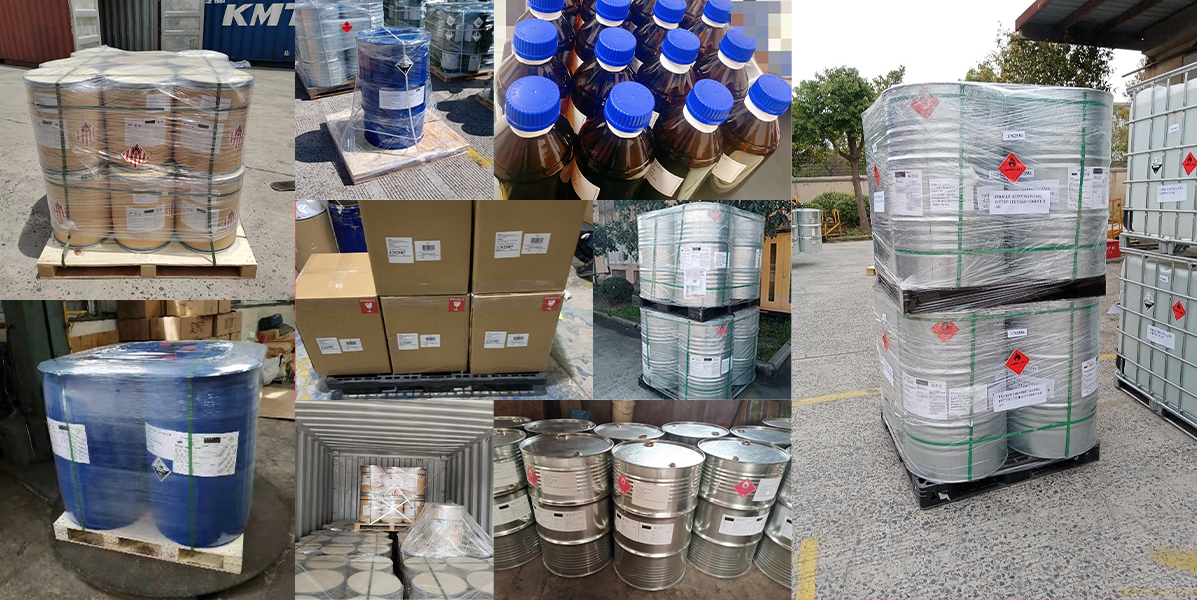In the field of fine chemical production, the synthesis of 2,4,6-Trimethylbenzoic Acid serves as a vital intermediate for dyes, insecticides, pharmaceuticals, and photoinitiators. This compound enables the creation of products like trimethylbenzoyl chloride and polymer hardening agents, making its efficient and eco-friendly production highly desirable. Historically, methods such as nitration oxidation of pseudocumene, pyrolysis of trimethylmandelic acid, or acylation with aminocarbonyl chloride have faced significant limitations. These approaches relied on specialized raw materials, resulted in low yields below 85%, and encountered technical hurdles that prevented large-scale application. For instance, the use of aluminum chloride (AlCl₃) in traditional Friedel-Crafts reactions generated corrosive acid gases, severely damaging equipment. Powdered iron oxide catalysts introduced iron contamination and separation issues, degrading product quality to around 84%, while chlorination with chlorine gas in haloform reactions posed environmental and safety risks due to hazardous pollutants.
The newly developed process overcomes these drawbacks through a streamlined sequence of acylation, haloform reaction, and hydrolysis. Innovative catalyst design lies at the heart of this advancement. Starting with mesitylene and chloroacetyl chlorides—both derived from industrial byproducts like refinery C9 fractions—the acylation reaction employs a supported iron oxide catalyst. This catalyst is created by impregnating a zeolite molecular sieve (such as Na, H, X, Y, β, or A-type) with an aqueous solution of iron salts, followed by drying at 60-150°C and calcination at 300-700°C, producing a reusable, high-activity material. Reaction conditions include temperatures of 60-90°C and chloroacetyl chloride amounts 1-3 times the weight of mesitylene over 4-6 hours. The outcome is the formation of 2,4,6-trimethylchloroacetophenone with conversions exceeding 97% and selectivity near 98%, as demonstrated in tests and verified by HPLC, showing product purity around 92%. Excess chloroacetyl chloride can be efficiently recycled, minimizing waste and costs.
In the subsequent haloform reaction, the chloroacetophenone intermediate reacts with sodium hypochlorite (10-20% concentration) under phase-transfer catalysis by quaternary ammonium salts like benzyltributylammonium bromide or tetrabutylammonium bromide. Sodium hypochlorite replaces chlorine gas, eliminating the need for hazardous chemicals and enhancing operational safety. This step involves mixing the reactants at controlled temperatures near 55°C with the addition of an alkaline solution (e.g., 10-20% sodium hydroxide), ensuring a molar ratio of the key components. After reaction completion, sodium bisulfite reduces residual hypochlorite, followed by heating to 80°C for hydrolysis, resulting in high-purity acid formation. Final steps include extraction, phase separation, acidification with mineral acids, and recrystallization to yield pure 2,4,6-Trimethylbenzoic Acid, with final concentrations reaching 90-91% and conversion rates above 95%. For example, in trials, using optimized catalysts led to 95% conversion and minimal iron content due to the heterogeneous catalyst's easy filtration and reusability.
Performance evaluations against conventional methods highlight the superiority of this approach. Comparative tests showed that AlCl₃-based methods achieved only 80% conversion with selectivity of 86%, while Fe₂O₃ catalysts caused reddish discoloration, indicating contamination and purity as low as 84%. Conversely, the supported catalyst boosted efficiency and reduced corrosion, with catalyst usage as low as 0.1-1.0% of mesitylene input. This translates to significant cost savings—up to 50% lower than AlCl₃ systems—thanks to materials sourced from byproducts and industrial-grade reagents. The process's simplicity allows straightforward scale-up from lab batches to industrial production, avoiding complex setups. Environmental benefits are equally notable, as the elimination of toxic chlorine and reduced acid emissions lower pollution risks. Overall, this innovative synthesis paves the way for sustainable manufacturing, with potential applications in pharmaceuticals and polymer industries, offering a balance of high yield, purity, and ecological responsibility.

Manufacturing Facilities






Professional Export Experience
to Global Customers

1. 20 years of R&D, manufacturing and sales experience, serving customers in 60 countries and regions around the world;
2. Own R&D laboratory, pilot platform and large-scale production workshop, which can meet the audit requirements of global customers;
3. We can satisfy customers' perfect transition from small scale lab requirements (gram level) to commercialization requirements (hundred tons level).
A: We don't have Minimum Order Quantity, exact quantity should be provided before quotation for us to calculate the exact cost.
A: We don't provide free samples due to lots of request and expensive international courier's cost, we can deduct the sample charge after commercial order placed.
A: Our payment terms: Small or sample order: T/T IN ADVANCE. Commercial order: First order should be by T/T IN ADVANCE or L/C at sight, and following orders T/T 30~90days is acceptable subject to approval of credit application.